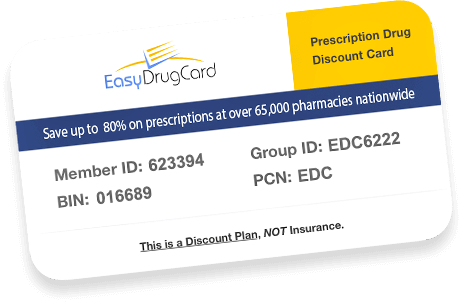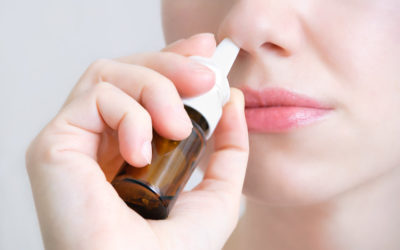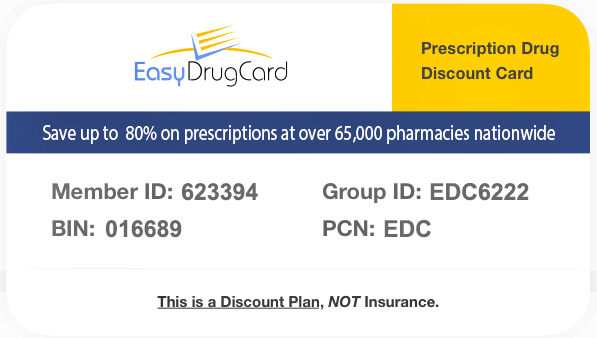Have a minor cut or scrape? Wondering what topical cream or ointment is best for your first aid kit? If you’re looking for an over-the-counter (OTC) antibiotic cream or ointment to prevent an infection, read on to learn more about bacitracin, Neosporin, and whether they really work.
So how are they different?
Bacitracin is a generic, single-ingredient antibiotic ointment – it contains only bacitracin. Neosporin is available as either a brand or generic ointment or cream and contains three active ingredients – bacitracin, polymyxin B sulfate, and neomycin. It is sometimes called “triple antibiotic ointment” because of the three antibiotics it contains.
What’s the same about them?
Bacitracin and Neosporin are both marketed as topical first aid ointments to keep wounds clean, reduce the risk of infection, reduce pain, and prevent scarring. They are FDA approved for use on mild, uncomplicated injuries like minor burns, scrapes, or cuts. They should not be used on serious skin infections or large wounds.
Which is more effective?
There are no studies directly comparing bacitracin to Neosporin, so it is difficult to say which one works better than the other. Recent studies have shown these creams are barely more effective than a placebo cream at preventing infection; this means that they don’t really work very well.
Side effects:
Both bacitracin and Neosporin are generally well-tolerated. Some people may notice a mild rash or irritation from use.
More serious side effects can include:
● Allergic reactions, which rarely can be serious and life-threatening – get medical help right away if you notice hives, blistered or peeling skin, wheezing, trouble breathing or swallowing, or swelling of your mouth or throat after use
● Poor healing due to allergic reactions
● Nausea, vomiting, or fever
● Increased antibiotic resistance – there is some concern within the medical community that OTC antibiotic creams may be contributing to the rise in antibiotic resistance
Other treatment options:
Keeping your wounds clean is the best way to prevent infections and reduce scarring. Mild cuts, wounds, and scrapes should be gently rinsed with mild soap and warm water several times a day.
Need to treat other infections with antibiotics?
Do not pick at scrapes or wounds. Wounds that will be exposed to dirt and bacteria, such as those on your hands or face, should be covered with a bandage to prevent infection.
Using Vaseline, or white petrolatum, may be a good alternative to topical antibiotic ointments. It can keep your wound clean and moist, which can speed up the healing process and prevent scarring. It also carries a lower risk of causing an allergic reaction.
Bacitracin and Neosporin are marketed as topical ointments that reduce the risk of infections in wounds and prevent scarring. However, using these ointments may cause unwanted side effects and more recent studies have shown that they don’t work very well. You’re better off keeping your wounds clean and using Vaseline if you prefer an ointment for your scratches, cuts, or burns.
If your injury becomes very red, swollen, or starts oozing, seek medical attention from your trusted healthcare provider right away.
Be prepared with these 10 items in your medicine cabinet.
Save up to 80% on the cost of your prescriptions at your local pharmacy with EasyDrugCard.com. Download your free drug card and begin saving today.
References:
- Barros, M. (2015). Handbook of Nonprescription Drugs: An Interactive Approach to Self-Care.
- Marion, DW. Bacitracin. In: UpToDate, Post, TW (Ed), UpToDate, Waltham, MA, 2021.
- Marion, DW. Bacitracin, neomycin, and polymyxin B. In: UpToDate, Post, TW (Ed), UpToDate, Waltham, MA, 2021.
- Tong, Q. J., Hammer, K. D., Johnson, E. M., Zegarra, M., Goto, M., & Lo, T. S. (2018). A systematic review and meta-analysis on the use of prophylactic topical antibiotics for the prevention of uncomplicated wound infections. Infection and drug resistance, 11, 417.











